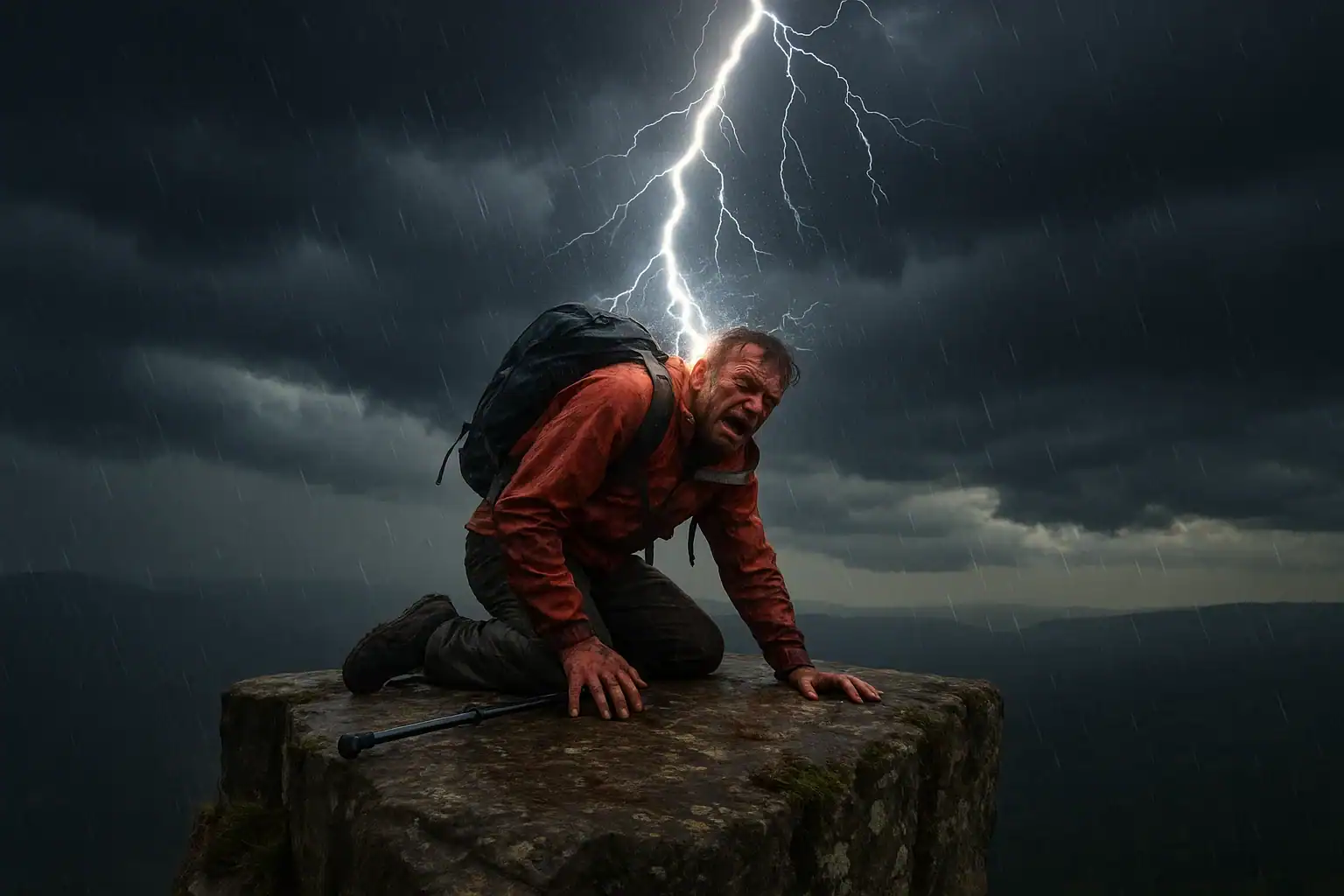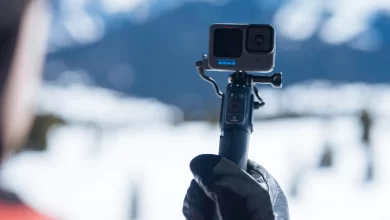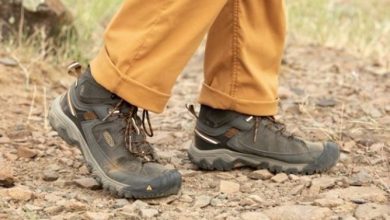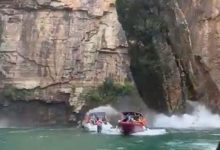When Lightning Strikes: A Record-Breaking Rescue Above the Clouds

The call came in just before 5 PM on June 12—two hikers from New York were lost on Torreys Peak’s notorious Kelso Ridge route. What started as a routine rescue coordination turned into Colorado’s highest-altitude helicopter evacuation in state history, and a stark reminder of nature’s deadly power at 14,000 feet.
Off Route at 14,000 Feet
Two New York visitors found themselves in a precarious situation high on Torreys Peak’s challenging Kelso Ridge approach. The inexperienced mountaineers had strayed from the marked path, leaving them disoriented on one of Colorado’s most demanding fourteener routes at 14,267 feet.
As explained on the Alpine Rescue Team Facebook page; what followed was an hour-long phone coaching session that would prove crucial to their survival. Rescue personnel provided step-by-step navigation assistance, helping the lost hikers relocate the proper trail and continue their ascent toward the summit. The extended communication kept the pair calm while guiding them through technical terrain they weren’t prepared to navigate alone.
Their lack of mountain experience became apparent during the rescue coordination, but weather conditions were rapidly becoming the more pressing concern as afternoon storm cells began developing over the Continental Divide.
The Strike
As the hikers finally reached Torreys’ wind-swept summit, still connected by phone to their rescuers below, lightning found them. The electrical discharge left one hiker unresponsive and fighting for his life at an elevation where helicopter rescues are typically impossible.
The irony was brutal: they had made it safely to the top, exactly where rescuers had guided them to find their descent route. Instead, they found themselves trapped in what would become a race against time, weather, and the thin air that makes high-altitude rescues extraordinarily dangerous.
Into Thin Air
What followed was a masterclass in high-altitude rescue coordination. Alpine Rescue Team immediately deployed five ground teams—30 people total—while a Colorado National Guard Blackhawk helicopter prepared for an unprecedented operation.
At 11 PM, under the cover of darkness, the Blackhawk executed a hoist rescue at 14,200 feet, shattering Colorado’s previous helicopter rescue record of 13,700 feet. The technical complexity of hovering a heavy military aircraft in the thin air above 14,000 feet, with rotors struggling for purchase in air containing 40% less oxygen than at sea level, cannot be overstated.
Two technicians from Vail Mountain Rescue Group were ferried to the summit, where they stabilized the critically injured hiker before the delicate extraction. The helicopter returned for a second trip to evacuate the remaining hiker and rescue personnel—an operation that required precise timing and exceptional pilot skill.
Colorado’s Lightning Lottery
The Torreys Peak incident highlights a sobering reality for Colorado’s outdoor enthusiasts. Colorado ranks third nationally for lightning fatalities, with 25 deaths recorded over the past 18 years—including three hikers. During peak hiking season in July, Colorado experiences an average of 5,350 lightning strikes daily.
Two-thirds of lightning deaths occur between noon and 6 PM, precisely when most hikers are pushing for fourteener summits. The afternoon thunderstorms that build over Colorado’s high country are as predictable as they are dangerous, yet thousands of hikers are caught above treeline during the critical hours when lightning risk peaks.
The Fourteener Gamble
Torreys and neighboring Grays Peak form one of Colorado’s most popular fourteener combinations. Located just 54 miles west of Denver and accessible from Interstate 70, they attract between 20,000 to 25,000 hikers annually according to the Colorado Fourteeners Institute. Only Mount Bierstadt and Quandary Peak see more traffic among Colorado’s 58 peaks above 14,000 feet.
This accessibility is both blessing and curse. The relatively straightforward approach draws inexperienced hikers into an environment where weather can turn lethal in minutes, and where rescue—if possible at all—requires extraordinary measures.
The Aftermath
One hiker remained hospitalised in fair condition while his companion was treated and released. Both men survived an encounter that kills approximately 23 Americans annually and injures hundreds more. Their rescue required the coordination of multiple agencies, dozens of personnel, and a helicopter operation that pushed the boundaries of what’s possible in Colorado’s thin air.
The rescue cost, while not disclosed, likely reached tens of thousands of dollars—a reminder that preparation and early turnaround times are not just safety measures, but considerations for the broader rescue community that puts their lives at risk when things go wrong.
Lessons from 14,000 Feet
- The Torreys Peak incident offers several critical takeaways for high-altitude adventurers:
- Know Your Limits: The rescued hikers’ inexperience with high-altitude terrain contributed to their predicament. Route-finding skills and mountain weather awareness are not optional above treeline.
- Start Early, Turn Around Early: The standard fourteener advice—summit by noon, certainly before 2 PM—exists for a reason. Lightning activity peaks in the afternoon, and escape routes from exposed summits are limited.
- Technology Has Limits: While cell phone coverage aided this rescue, electronic devices should never replace proper planning, gear, and decision-making skills.
- Weather Trumps Summit Goals: Colorado’s mountain weather can transition from clear skies to life-threatening conditions in under an hour. The summit will be there tomorrow; you might not be.
- The two New York hikers lived to tell their tale, thanks to extraordinary efforts by Colorado’s rescue community and favorable conditions that allowed an unprecedented helicopter operation. But their experience serves as a potent reminder that above 14,000 feet, the margin for error approaches zero—and Mother Nature always holds the trump card.








